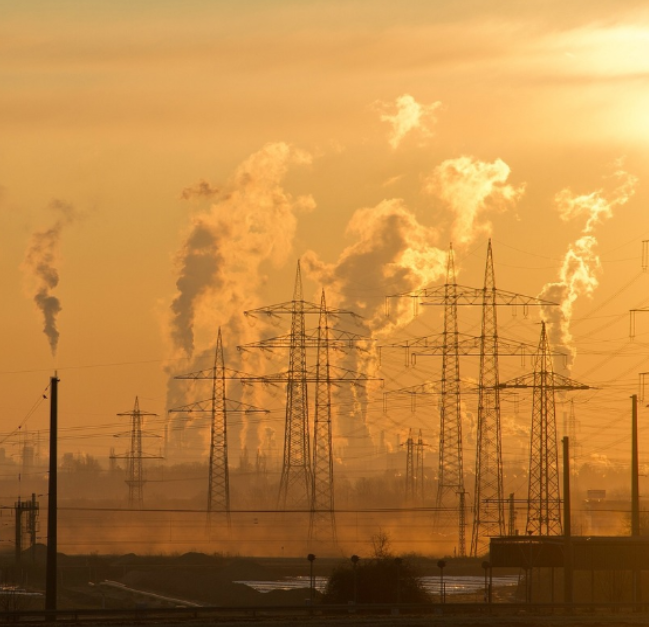As environmental regulations continue to tighten, controlling volatile organic compound (VOC) emissions has become a critical issue across various industries. VOCs mainly originate from sectors such as chemical manufacturing, printing, coating, and electronics production, posing significant risks to both the environment and human health. To effectively reduce VOC emissions, various emerging exhaust gas treatment technologies have been widely adopted.
1. Wet Scrubber:
This technology utilizes liquid spraying to absorb and neutralize pollutants in exhaust gases, effectively removing water-soluble VOCs and acidic gases (such as SO₂, NOx).
Applicable Industries: Chemical plants, electroplating factories, incinerators, and industries that generate acidic or alkaline exhaust gases.
Advantages: Stable operation, excellent dust and odor removal performance, and the ability to handle multiple pollutants simultaneously.
2. UV Photolysis System:
This system decomposes organic pollutants by using high-energy ultraviolet (UV) light to break down VOC molecules, converting them into harmless substances like carbon dioxide and water. One major advantage is that it does not require chemical additives.
Applicable Industries: Painting, printing, rubber manufacturing, semiconductors, and other high-VOC-emission industries.
Advantages: Simple equipment structure, low maintenance costs, no additional chemicals required, environmentally friendly, and highly efficient.
3. Activated Carbon Filtration:
This method uses high-surface-area activated carbon to adsorb VOCs, making it particularly suitable for low-concentration and intermittent organic gas emissions.
Applicable Industries: Furniture manufacturing, painting, ink printing, and other industrial emission treatments.
Advantages: Low equipment investment cost, high removal efficiency, and suitable for treating a variety of organic waste gases.
4. Dust Collection Treatment:
Effectively removes suspended particulate matter from exhaust gases, preventing fine dust from combining with VOCs to form secondary pollution.
Applicable Industries: Metal processing, welding, stone cutting, pharmaceuticals, etc.
Advantages: Reduces dust concentration, minimizes the burden on UV photolysis and activated carbon filtration systems, and extends equipment lifespan.
Key Factors for Selecting the Right VOCs Treatment Technology:
Pollutant Type: Different pollutants, such as acidic gases, hydrocarbons, and suspended particles, require different treatment combinations.
Treatment Efficiency: Each technology has varying removal rates; for example, UV photolysis is effective for low-concentration VOCs, while activated carbon filtration is ideal for intermittent organic gas emissions.
Operational Costs and Maintenance: Air suspension blowers can reduce operational energy consumption, whereas activated carbon filters require periodic carbon replacement.
Regulatory Compliance: Ensure equipment meets local environmental regulations, such as Thailand’s VOC emission standards.
#Thailand Equipment Purchase #Dewatering Screw Press, Plate Frame Filter Press, Belt Filter Press, Air Suspension Blower, Diffuser, MBR System, DAF System, Sludge Pump, PH/ORP Controller, RO Pure Water, EDI Ultra-Pure Water, Glass-Fused-To-Steel (GFS) Tanks


